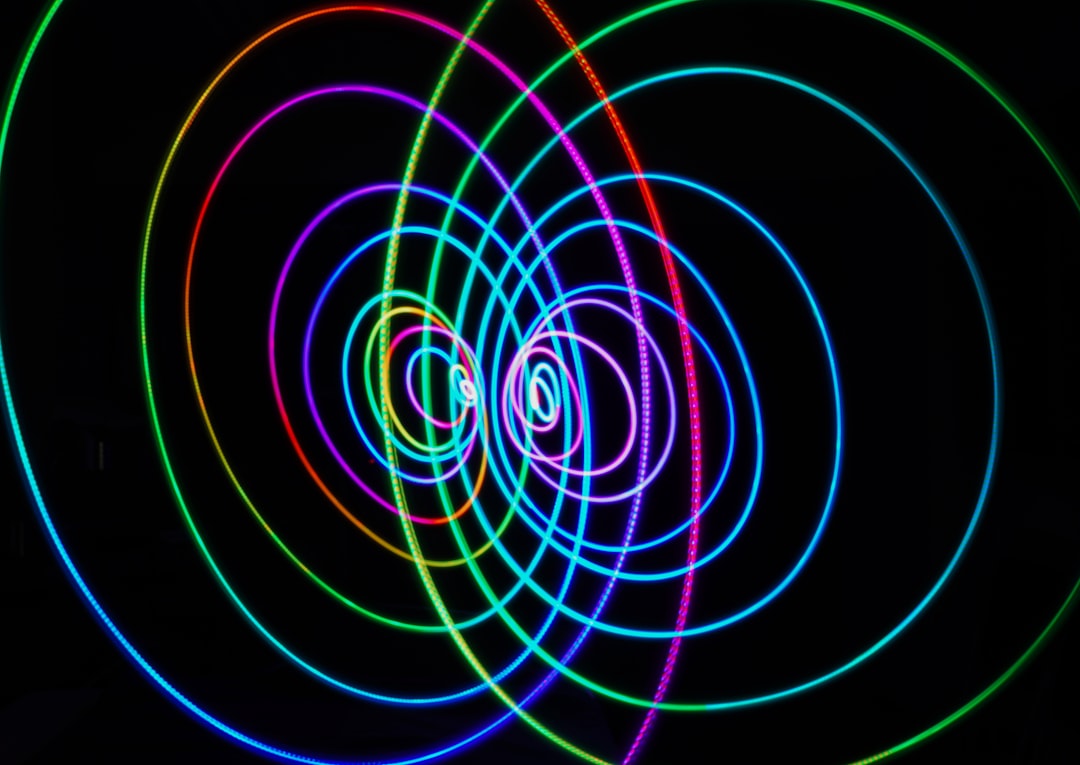What is it about?
The DARWIN observatory will include an interferometric instrument dedicated to the search for and spectral analysis of extrasolar planets. This instrument is based on the principle of Bracewell's interferometric coronograph or nulling interferometer, proposed in 1978, but at present never experimentally demonstrated in the thermal infrared with high extinctions. We have shown that high interferometric extinctions can only be obtained with `classical' optical pieces if the beams are cleaned by optical filtering during the recombination. After a short reminder of the nulling interferometer, we present different techniques of optical filtering to perform it. Then, we present a laboratory experimental bench we have constructed, which allows us, at present, to exhibit a monochromatic stable interferometric extinction better than 10^3. Finally, we discuss this method, applied to ground-based telescopes.
Featured Image
Read the Original
This page is a summary of: Nulling interferometry for the DARWIN space mission, Comptes Rendus de l Académie des Sciences - Series IV - Physics-Astrophysics, January 2001, Elsevier,
DOI: 10.1016/s1296-2147(00)01151-3.
You can read the full text:
Contributors
The following have contributed to this page










